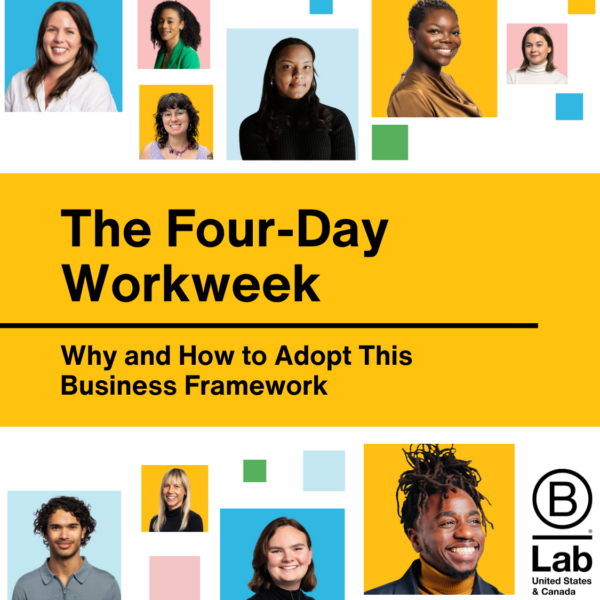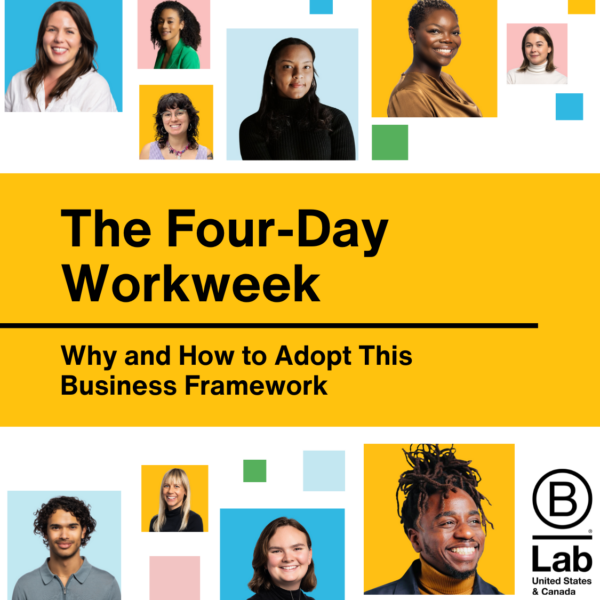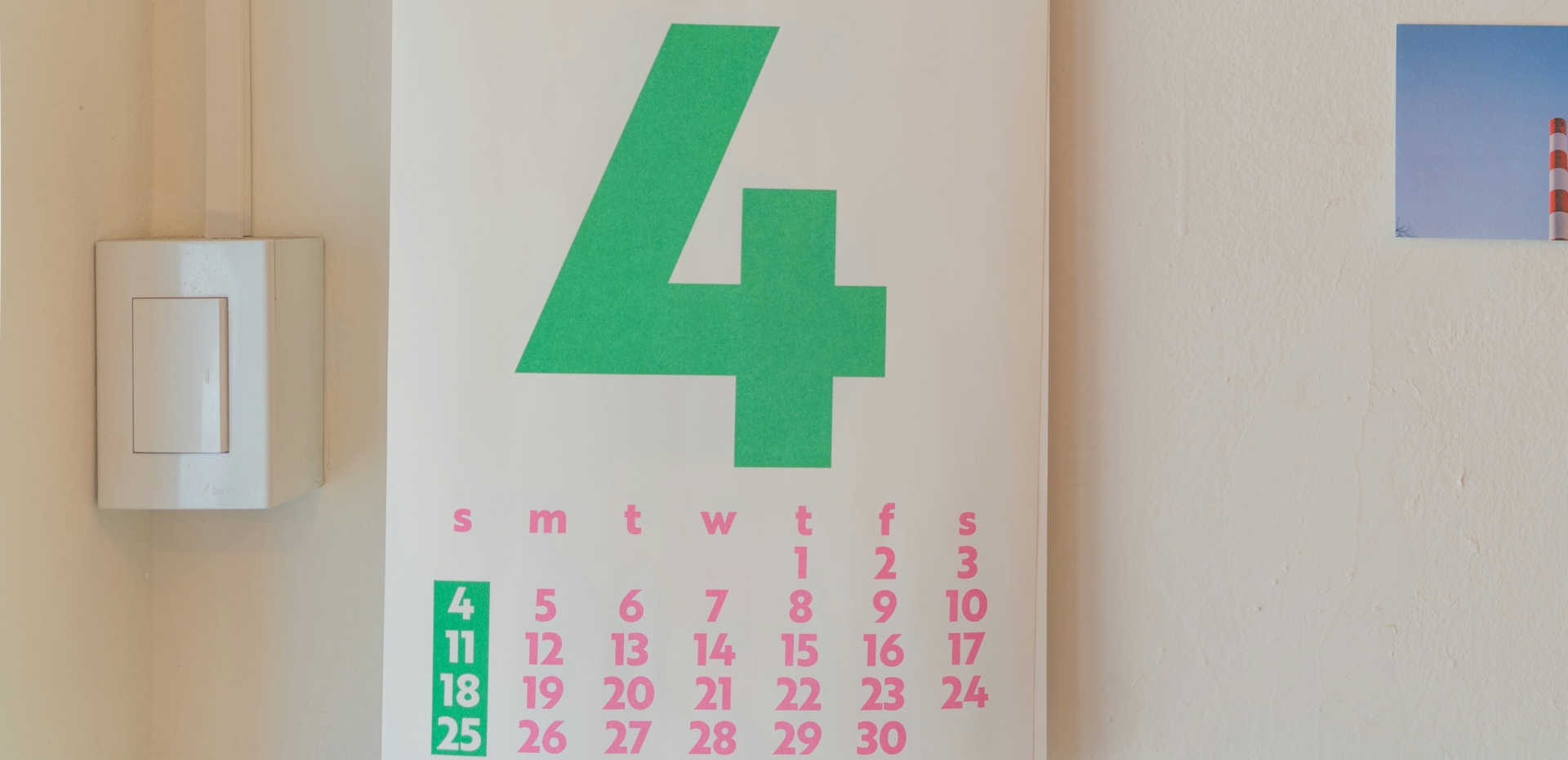How to Shift to a Four-Day Workweek: A Guide for Businesses Ready for Change
January 10, 2025
Why a Shorter Workweek Is Better for Business and Well-Being
“The outdated five-day workweek is failing today’s workers. Shortening the workweek reprioritizes the well-being of workers, addresses economic inequality, and aligns work with the needs of the modern era.” — A.J. Schumann for Inequality.org
As business practices and products have evolved over time, so have work schedules and expectations. Increasingly, companies find that working more hours generally does not yield more productivity and profit — in fact, the opposite is often true.
One workplace model gaining momentum is the four-day workweek, a practice designed to enhance work-life balance and organizational resilience. The four-day workweek is defined as a 32-hour workweek in which employees work four 8-hour days (instead of the current U.S. and Canadian standard of five 8-hour days) with no reduction in pay. This schedule aims to provide employees with more time to devote to enriching activities outside of the workplace. It can also help bridge the expanding gap between worker productivity and wage growth and address worsening economic inequality.
As pioneers in trying new organizational models and policies, some Certified B Corporations and B Lab U.S. & Canada are adopting a four-day workweek and encouraging others to do the same. “We can look at the data and know the move to a four-day workweek is quantitatively backed,” said Devin Nelson, B Lab U.S. & Canada Community Engagement Manager. “But we can also just talk to our people and know the new schedule allows staff members to connect with nature, care for their sick loved ones, take care of their health, grieve, and take up a new hobby — the qualitative measures that are just as important as numbers.”
Businesses considering this new model can turn to a newly released downloadable guide from B Lab U.S. & Canada. The guide, “The Four-Day Workweek: Why and How to Adopt This Business Framework to Better Balance Work and Well-Being,” includes lessons, best practices, and resources from companies and organizations in four key sections:
- What Is the Four-Day Workweek and Why Does It Matter?
- B Lab U.S. & Canada: Four-Day Workweek Case Study
- B Corp Four-Day Workweek Examples and Lessons
- Get Started: Resources and Templates

The Four-Day Workweek: Why and How to Adopt This Business Framework
This guide from B Lab U.S. & Canada explores how the four-day workweek is gaining traction as a long-term framework for worker resilience and bottom-line strength. It offers business examples, lessons, and resources to help organizations make the shift.
What Is the Four-Day Workweek and Why Does It Matter?
Trials worldwide have shown that a four-day workweek has a positive impact on employee well-being — with marked reductions in stress and burnout — and companies’ bottom lines. A recent study from the United Kingdom involving dozens of employers and thousands of employees suggests that working only four days per week with the same pay improves employee well-being without damaging company productivity.
The ripple effects of the change to a shorter week are felt in numerous ways: 82% of companies in the UK survey reported positive impacts on staff well-being, 50% saw positive effects on reducing staff turnover, and 32% said the policy had noticeably improved their recruitment. Broader social and environmental benefits of a shorter workweek include emissions reductions from decreased commuting and the advancement of gender equity.
Women are more than four times more likely than men to work part-time to balance work and family life, so reducing everyone’s hours helps level the playing field for those women.
“By putting everyone on a 32-hour week, it’s a huge step toward gender equality,” said Alexandra Lamoureux, partner and consultant at Montreal-based B Corp Boite Pac, which helps companies transition to a four-day workweek. “When women can work the same hours as men, they have greater access to promotions, leadership roles, and professional growth.”
B Lab U.S. & Canada: A Four-Day Workweek Case Study
B Lab U.S. & Canada began transitioning to a four-day workweek based on an employee-created proposal unanimously approved at a team retreat in April 2023. The team members who brought forward the proposal — Devin Nelson, Denise Jones, Marielle Martin, and Menucha Frischling — aimed to provide more space for people to navigate life’s complexities.
In launching a pilot of the four-day workweek in July 2023, the B Lab U.S. & Canada team set out to answer the proposal team’s questions: “What if we all collectively step back and say that the worth of a human isn’t defined by our ‘productivity’ but instead accept that we are already enough when we show up each day caring for ourselves, others, and the planet? And what would a system look like that supports this?”
The team uncovered some answers to those questions during the six-month trial and an end-of-pilot survey that gauged employee well-being and productivity at work. Based on those results, B Lab U.S. & Canada decided to formally adopt the four-day workweek in April 2024 and began planning for the transition.
How has the four-day workweek affected the work routine and personal lives of B Lab U.S. & Canada employees? Here are just a few of their thoughts and perspectives:
- “My workdays feel more structured and productive, with less idle time between meetings and tasks. I start working a bit earlier and might finish later than before the four-day workweek, but this routine makes me feel better. I am also more intentional about meetings.”
- “I encourage myself and others to prioritize more emergent and timely tasks. This also means timely decision-making and communication both internally and externally. However, I would like to make it clear that this has not created a shift in mindset to rush or create the illusion of false emergencies.”
- “I’ve seen thoughtful changes to meeting cadence, which creates the breathing room needed for a four-day workweek. Also, on rare occasions when I do have more work than can be done in four days, it’s nice to have Fridays as a truly silent day when it comes to small requests that can be distracting.”
Orion Arrizón, Executive Operations Manager at B Lab U.S. & Canada, shared a personal reflection on how the four-day workweek pilot provided them valuable time for gender-affirming care. With extra space to navigate the medical and judicial systems of the U.S., they now are able to live on their own terms: “The simple but profound act of having more time allowed me to not only access care but also tend to my mental health as I faced the exhausting barriers that stand in the way of gender-affirming treatment.”

The Four-Day Workweek: Why and How to Adopt This Business Framework
This guide from B Lab U.S. & Canada explores how the four-day workweek is gaining traction as a long-term framework for worker resilience and bottom-line strength. It offers business examples, lessons, and resources to help organizations make the shift.
B Corp Four-Day Workweek Examples and Lessons
The organizational shift to a four-day workweek requires more than a schedule change. Organizations must rethink their daily routines and reconsider tasks and priorities to help employees get the most value out of their time — both at work and away — and take care of essential work. It’s a process that requires flexibility and communication.
The new guide includes examples and practices from B Corps of all sizes that are leading the shift to a four-day workweek and showing how other businesses can do the same.
- Boite Pac, a consulting firm that guides companies through the transition to a four-day workweek, and B Corp Unilever Australia and New Zealand provide a look at what a four-day workweek looks like in practice and some of the changes needed to make the transition.
- The human-first approach guiding Integrated Work in its consulting, leadership development, and client facilitation also serves as a guiding value for its team. The B Corp launched a four-day workweek pilot in 2024 to provide more schedule flexibility and time for other pursuits. Integrated Work team members discuss their hopes and curiosities about the new schedule and what it might mean for their personal and professional lives.
- Following the example of some pioneering B Corps, B Lab Europe and B Lab Benelux piloted a four-day workweek — a step designed to foster greater well-being, efficiency, and resilience among team members. This initiative aligns with their mission to drive positive change and sets a precedent for a more balanced and sustainable work culture.
- B Corps Wakefield Agency, Cultivating Capital, Conscious Revolution, and Tux Creative offer a look at the four-day workweek in action. They highlight some gradual steps they’ve taken to reduce working hours while maintaining productivity and profitability. Across the board, they emphasize the need for communication, transparency, flexibility, and accountability — when things are going smoothly and when they get a bit bumpy.
-

-

-

-

B Lab Voices
How a Four-Day Workweek Can Empower Authentic Living and Gender-Affirming Care
Read More
Sign Up for our B The Change Newsletter
Read stories on the B Corp Movement and people using business as a force for good. The B The Change Newsletter is sent weekly.
